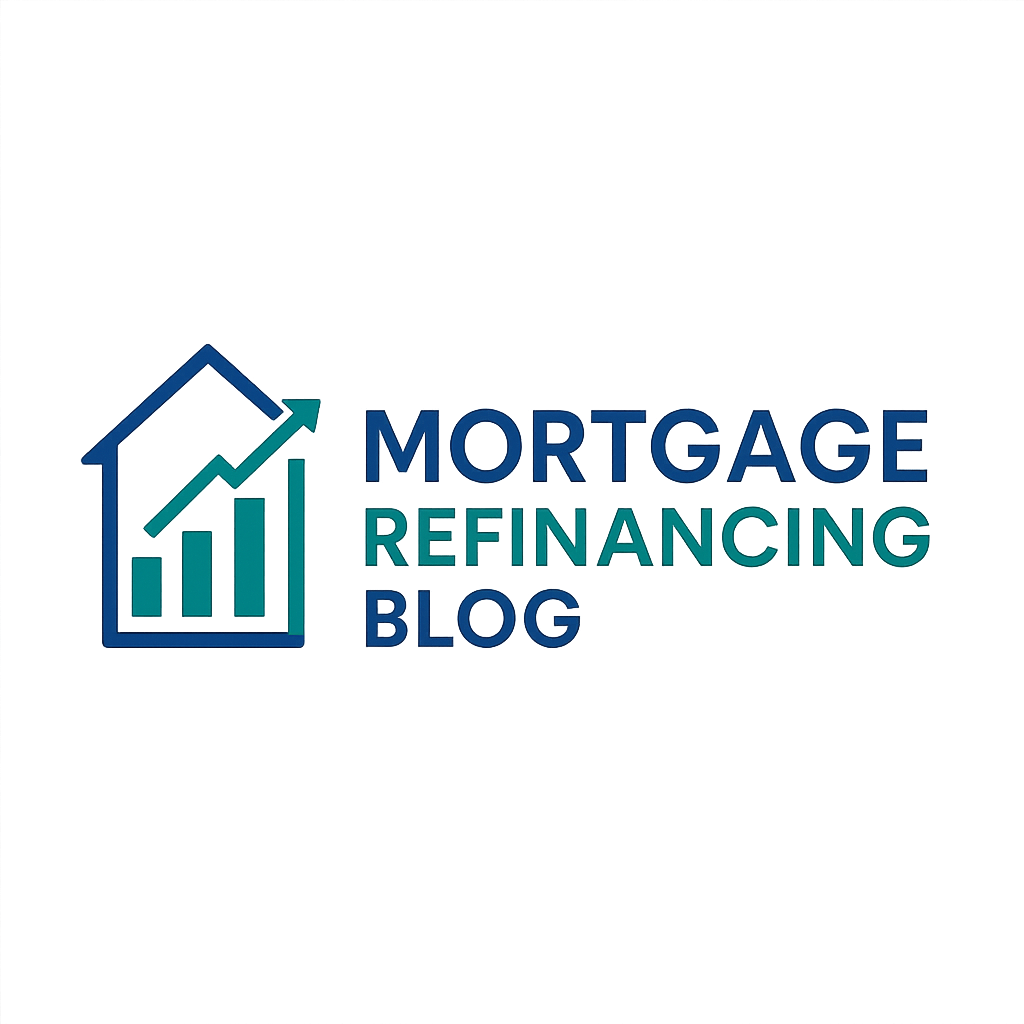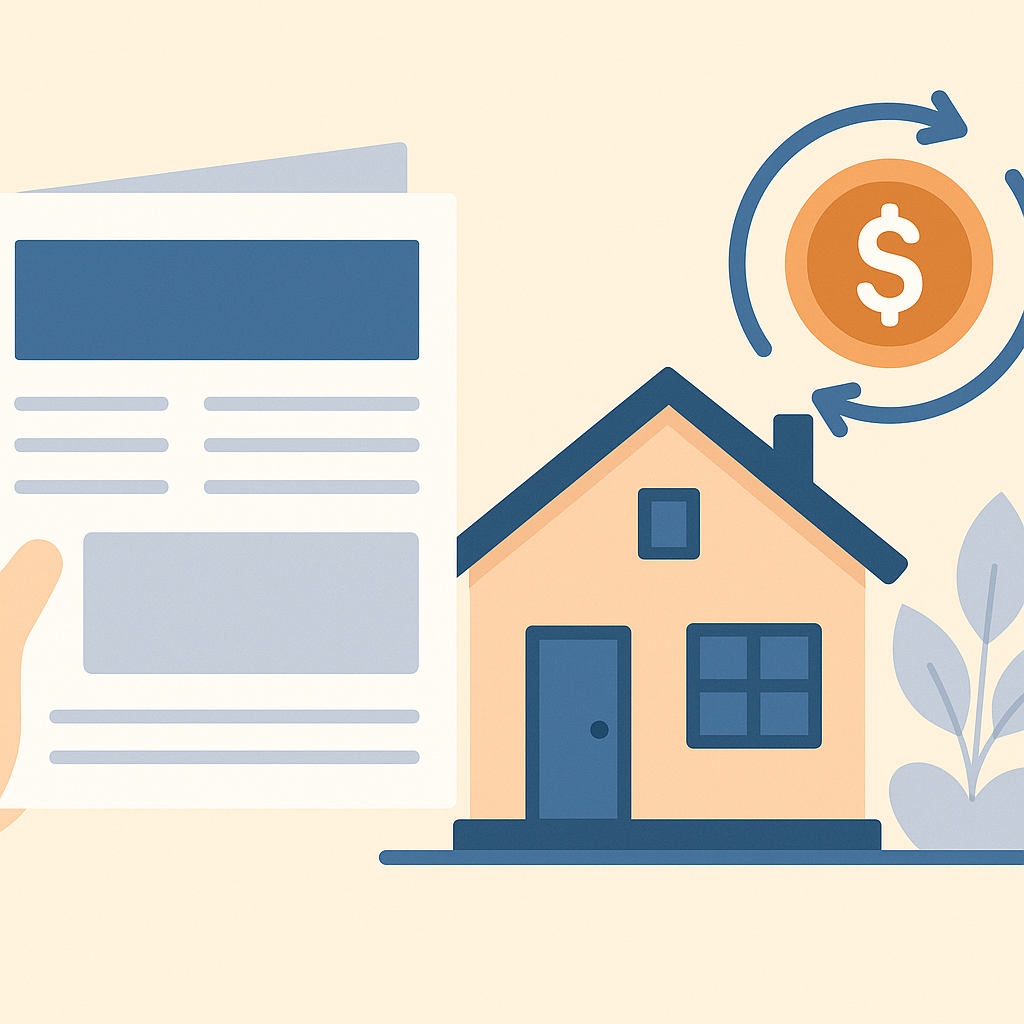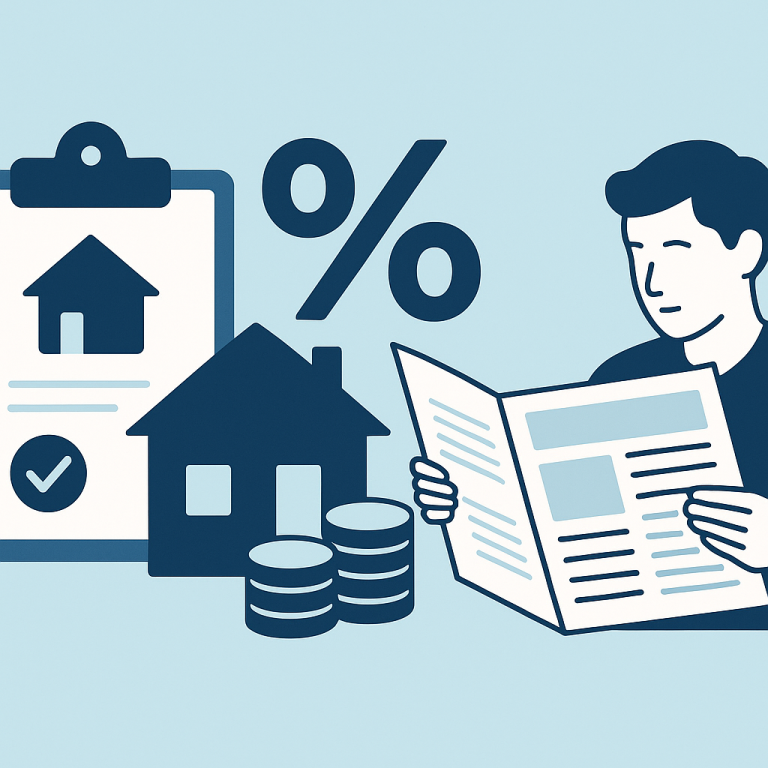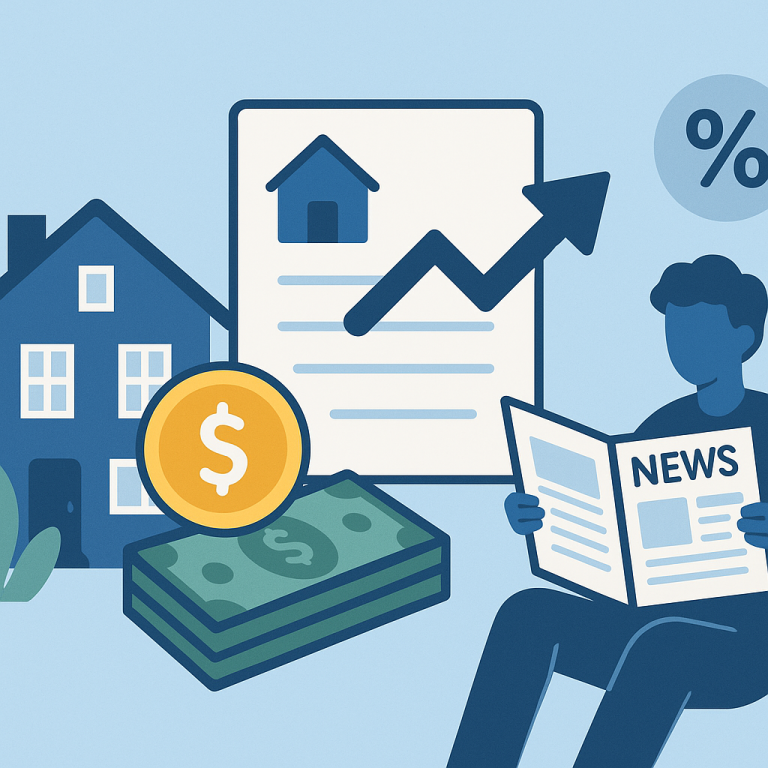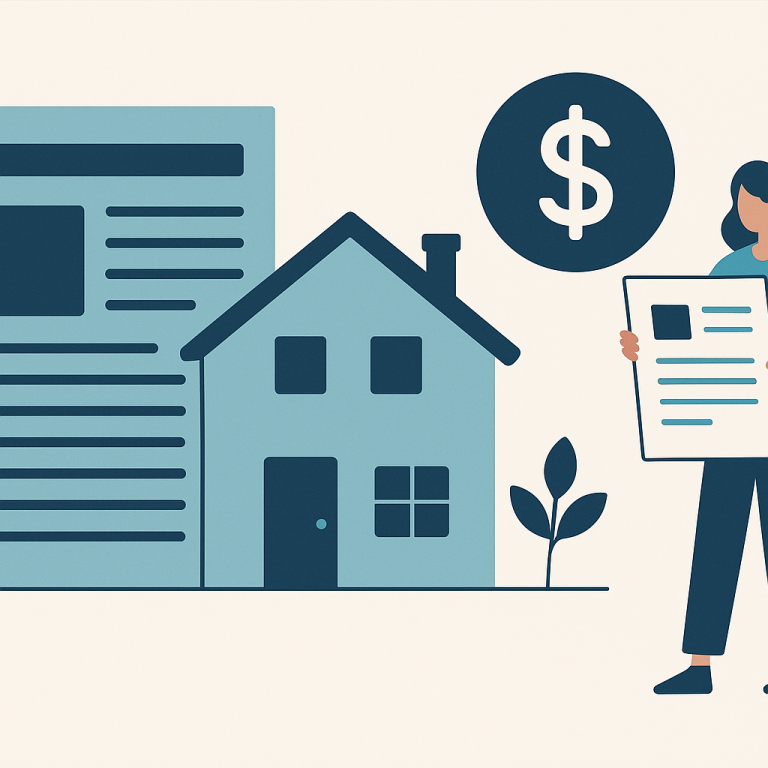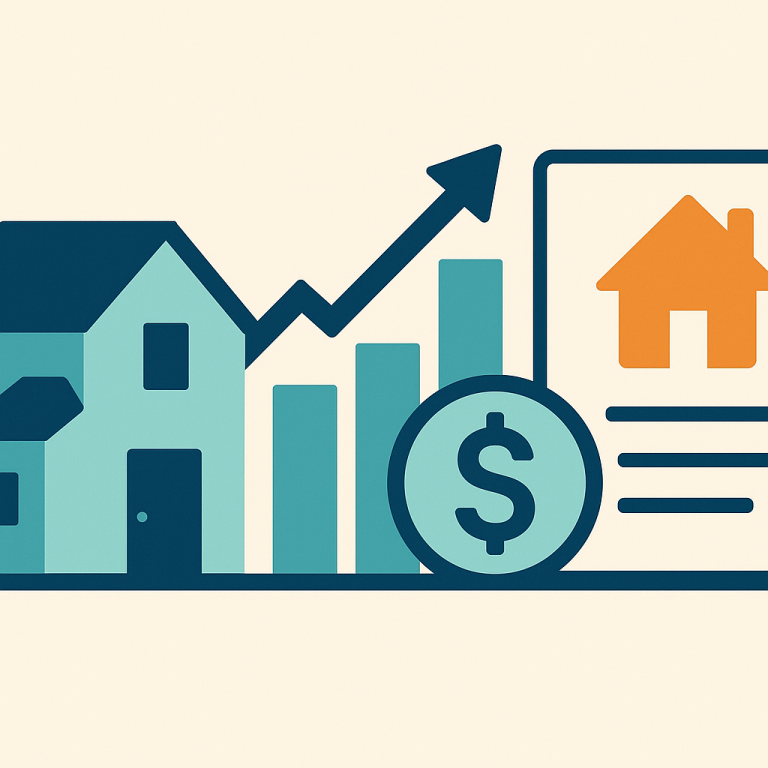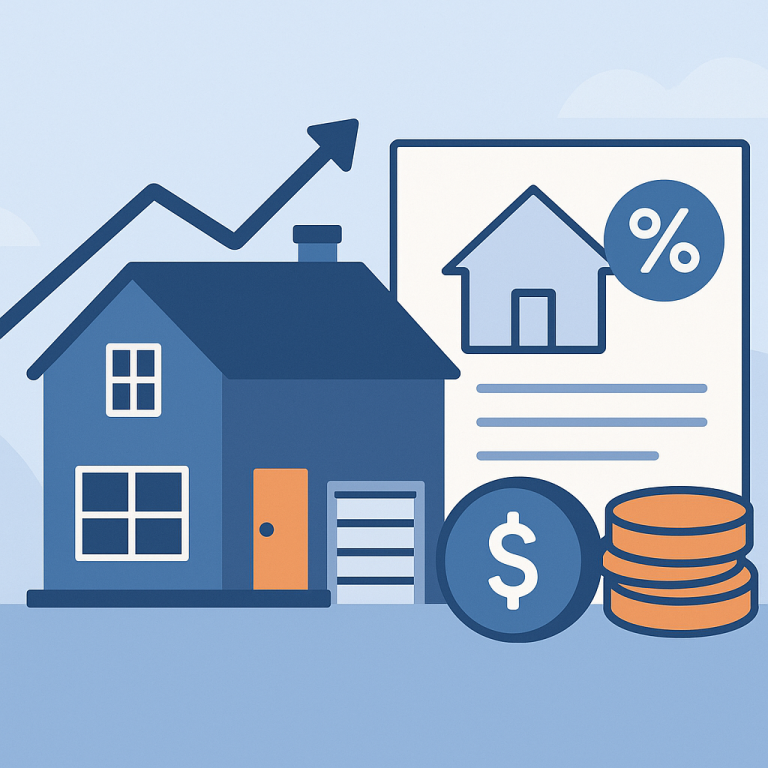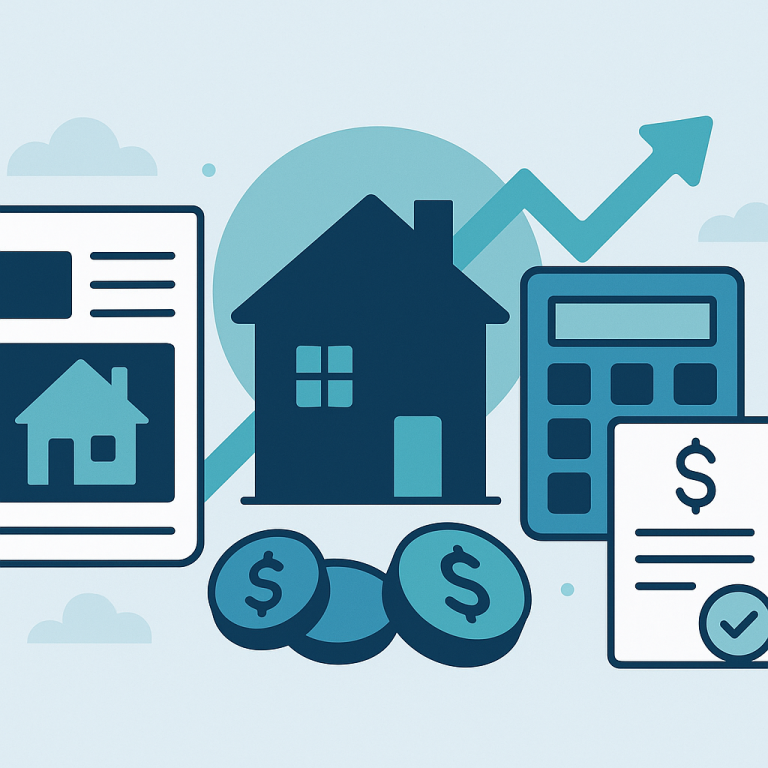Refinance Applications Jump 14% After 30-Year Rates Dip Below 5.0%
At a glance: The latest mortgage rate move and how it could affect refinancing decisions.
Mortgage rates have shifted. The effect depends on a borrower’s current loan rate, term remaining, and goals.
What the Rate Move Means for Borrowers
Homeowners considering refinancing often focus on lowering their monthly payment. A different, increasingly common strategy is refinancing to a shorter term to accelerate equity build-up and reduce total interest paid. The decision is not simply about chasing a lower rate; it requires evaluating how a shorter-term refinance affects monthly cash flow, long-term savings, and personal plans for the property.
Refinancing to a shorter term typically increases monthly payments but reduces the total interest paid over the life of the loan. This approach can make financial sense for borrowers who expect to remain in their home and who can absorb a higher monthly cost without compromising other financial goals. Conversely, for homeowners prioritizing monthly cash flow or who anticipate moving in the near term, a shorter-term refinance may be less advantageous.
Key factors to weigh include the difference between your current rate and the new rate, closing costs and fees, remaining time on the existing mortgage, and whether the higher payment fits your ongoing budget. Also consider non-rate variables such as loan type changes, potential prepayment penalties on your current mortgage, and whether you would pay for rate reductions via discount points.
Another important consideration is the break-even horizon: the time it takes for interest savings and other benefits from the refinance to outweigh the upfront costs. This horizon should be compared with your expected tenure in the home and near-term liquidity needs. If you plan to stay, a shorter break-even horizon strengthens the case for refinancing; if you may move soon, the up-front costs could make refinancing unattractive.
Credit profile and home equity influence eligibility and pricing. Strong credit and a healthy equity position improve the likelihood of qualifying for competitive rates and lower fees, making the overall math more favorable. Borrowers with constrained credit or low equity should assess alternative strategies, such as targeted principal prepayments on an existing loan, before committing to a refinance.
Homeowner Takeaways
- Clarify your objective: prioritize whether your main goal is lowering monthly payments, reducing total interest, shortening the repayment horizon, or accessing home equity.
- Compare the full cost: include closing costs, fees, any prepayment penalties, and the effect on monthly cash flow—not just the headline rate.
- Match the break-even horizon to your plans: refinance only if the time to recoup costs fits your expected tenure in the home and broader financial timeline.
- Evaluate affordability: ensure the higher monthly payment on a shorter term won’t crowd out emergency savings or other financial priorities.
- Shop lenders and loan structures: get multiple quotes, compare rate-and-term versus cash-out options, and consider whether paying points to reduce rate aligns with your horizon.
Refinancing to a shorter term can be a prudent wealth-building move when done for the right reasons and with careful calculation. For many homeowners, the key is a realistic assessment of how long they will stay in the home, whether they can comfortably handle higher monthly payments, and a complete comparison of upfront costs against long-term interest savings. Working through those factors and collecting multiple lender offers will help determine whether a shorter-term refinance supports your financial objectives.
META: refinancing-shorter-term-takeaways
